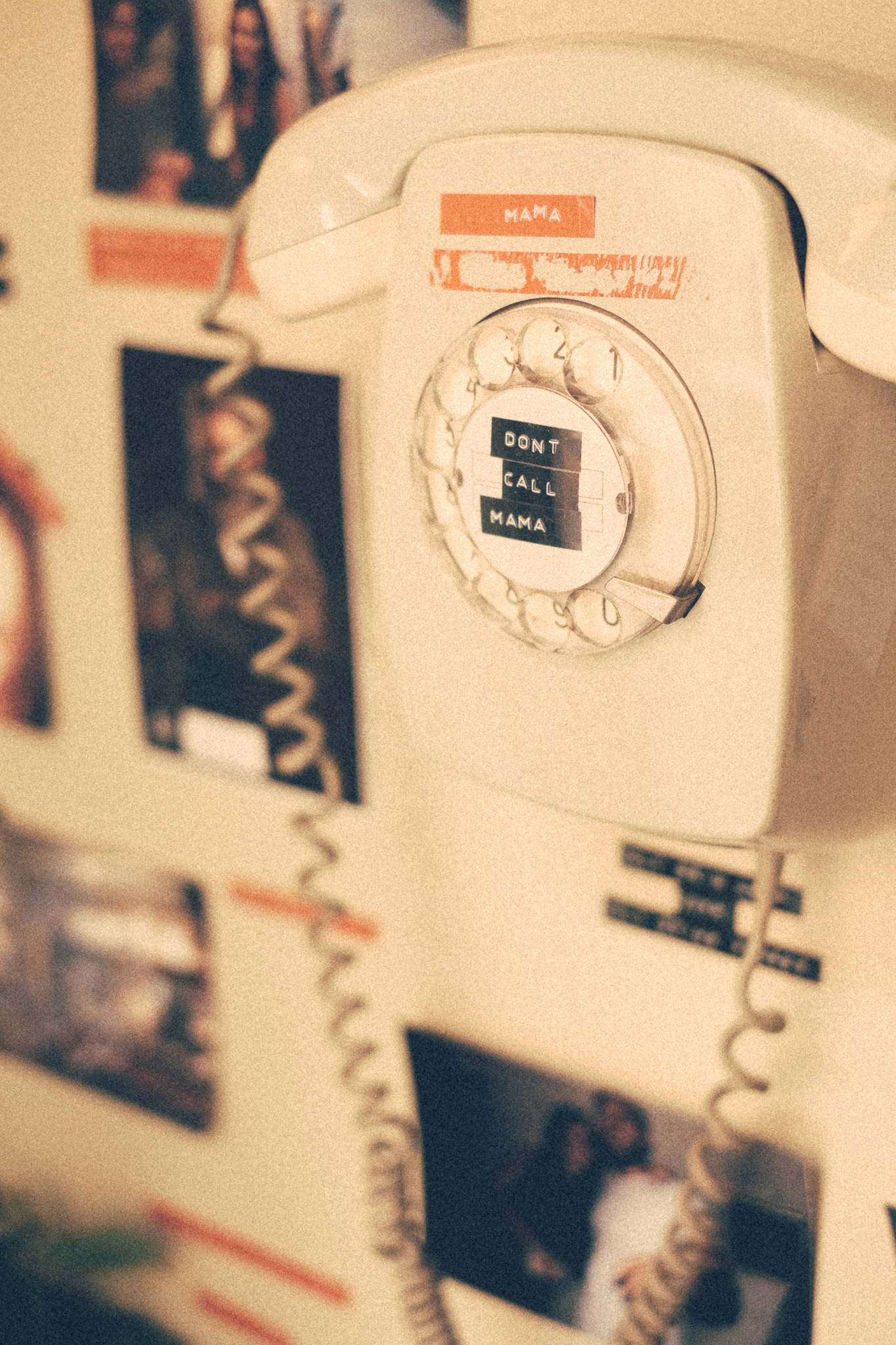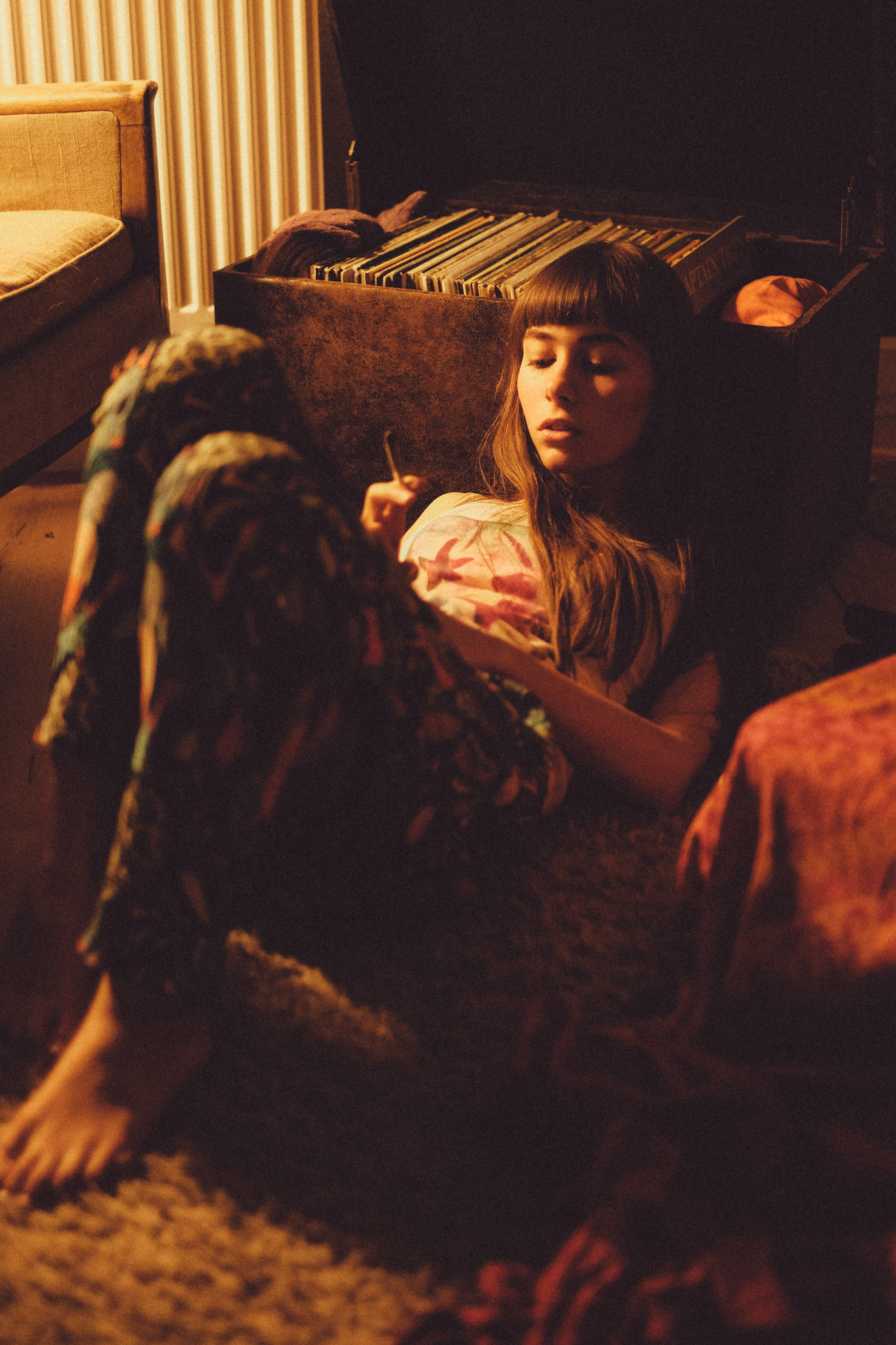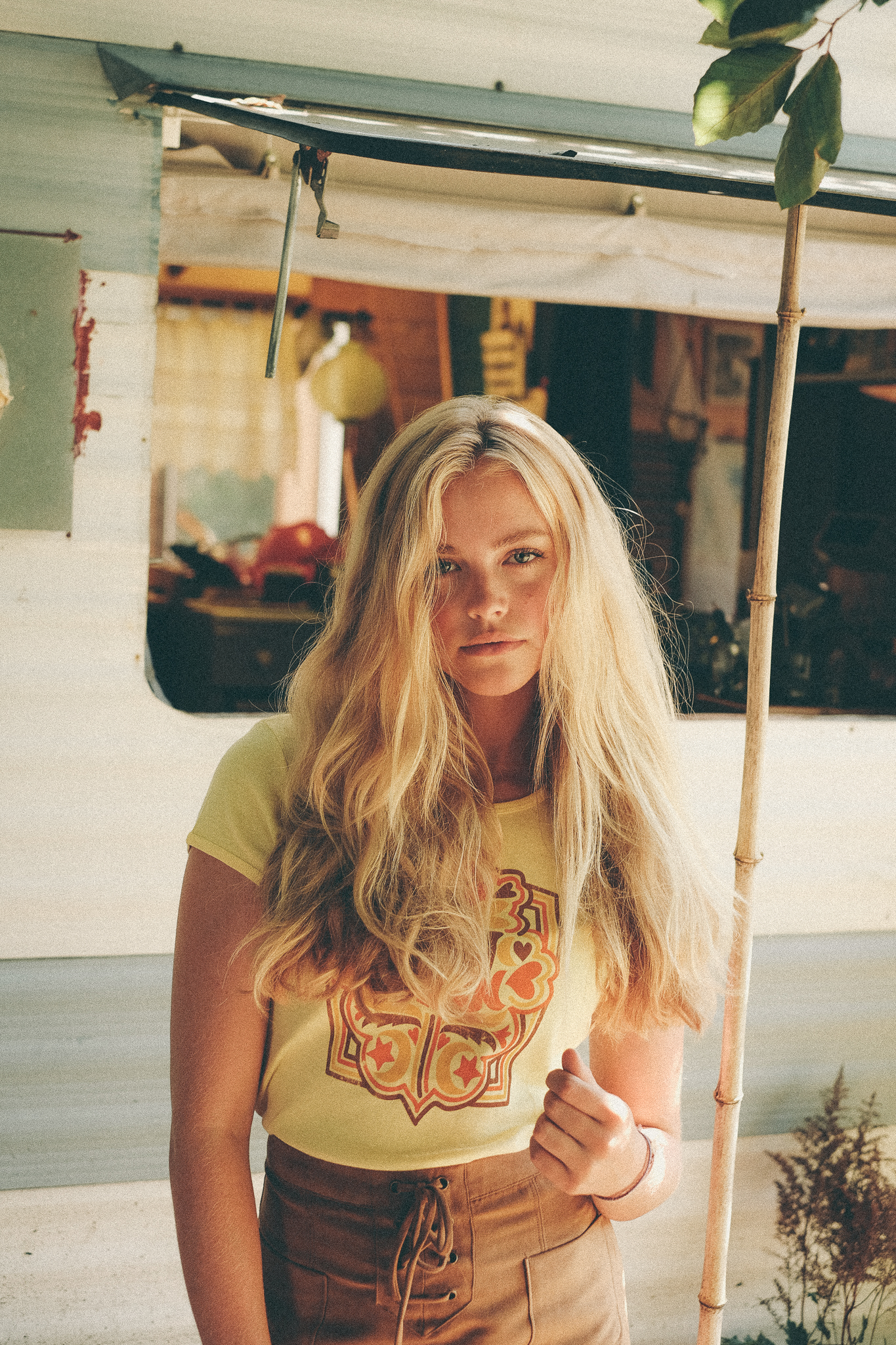Meet Bob Sala. You might have come across his work - cinematic 60s-70s ambient stills that remind you of your mother’s childhood (or for some, your own). His (portrait) images go beyond making a fashion statement on a particular era; they tell a story of society and culture. It feels like this Bob guy is more than just a photographer; he’s an image maker - kind of like a director with a movie set. Bob is the alter-ego of Marvin Kleinemeier - a stage name and character adopted by Marvin - his ‘nom de plume’. I had the pleasure of interviewing Marvin, and finding out more about the concept of Bob Sala, Marvin’s motivation and the choices he made heading down this direction.
Editor's Note: This post is a special release aligned with the opening of Vogue Italia’s first Photo Vogue Festival, 22-26 November 2016, Milan.) Some of the images in this post contains nudity.
1. On your website, your Bio says "Stuck between 1963 and 1974, Bob Sala tries to photograph his way out of time and space. ‘The grain in a photograph produces the same warm feeling in me, a needle produces on an old Led Zeppelin record’, he says." A lot of photographers basically create a business and website, and photograph just about anyone and everyone willing. But you have a direction going. How did you come up with this pseudo concept of a character called Bob Sala?
There are a few things that led to “Bob Sala”. In the end it was perhaps just the moment when I learned to completely give up thinking about my camera, art history, concepts and maybe even photography in general. Coming from a literature background and of studies in liberal arts, I always felt I was trying too hard - with everything. But at some point I just started letting loose. And with “loose” I mean blurting out everything that’s inside of me, not giving a shit about the reception of people looking at my stuff but especially not caring about what I myself would think about it. I found pleasure in the mere act of creating again. I started Looking for like-minded models and tried to make my shoots little 60s happenings.
Creating the alter ego “Bob Sala” also came during the process of completely freeing myself from all of my self-inducted restrictions. Bob is a side character in a novel named “The Rum Diary” by Hunter S. Thompson, an author that deeply influenced me. It’s my little homage to this man now. “Bob Sala” is me and he is not me. It’s been a while now since I started talking about him in third person. He has kind of gotten a life of his own. Maybe he is my Ruby Sparks sometimes.
2. Why the mid-60s to mid-70s era - what attracts you to it?
That was already the center of my studies in my twenties. 60s and 70s counterculture is what fuels me the most. The books, the music, the style. It starts with Sam Cooke’s Live Album at the Harlem Square Club in 1963 I guess. Of course there were the beatniks before, but Kerouac and his hobo-crew were so far ahead of their time for me that I feel they belong to the 60s just as much. And it maybe ends with Patti Smith, The Clash etc. and the upcoming punk era around New York’s CBGB OMFUG at the end of the 70’s. That’s a world I am diving into at the moment. Trying some more edgy things next Spring.
3. Before the concept of Bob Sala, what did you do? Describe the path to Bob Sala.
I spent my twenties trying to become a novelist. Or a poet. I wanted to write. Which was kind of frustrating in the end. I don’t have the endurance for a real novel. Or maybe not yet. When I was 28 I gave up on that and just worked for 2 years in a non-creative field. It nearly killed me. I have the romantic notion of me being an artist. I always feel like Patti Smith and Robert Mapplethorpe during their time in the Chelsea Hotel. Just making art and somehow getting by. And silencing that ambition in me really led to a breakdown at the age of 30. Then came photography and saved my life.
4. What does a typical Bob Sala session involve?
Usually a lot of talking before the shooting. Getting to know each other and finding similar interests. Books, music, movies. And the session itself needs time. It’s more like hanging out, listening to music, drinking coffee and - if it works out - having mind bending conversations. I call it finding the wave that we can ride together. It’s all about flow, inspiration and a lot of trust.
5. Have you had mentors along the way?
I would see Hunter as a mentor. His collection of letters “The Proud Highway” is my personal bible. When I come to a point where I need to make heavy decisions, I always read one or to of his letters and have the feeling that I can do anything, if he did this or did that under those circumstances. During my literature studies I had a course that was held by German novelist and Theatre director Werner Fritsch. His approach to his art deeply impressed me. Speaking of photography I once met Alberto Garcia Alix in Frankfurt for a 3-day workshop. The only one I have ever been to. “A photograph is a gift for myself in time.” That’s one sentence I wrote down after one of the days. You should have a look at his work.
6. Are you creatively satisfied?
My stuff is what it is and it reflects my state of mind at a certain moment of my life. I don’t have a real feeling about it’s quality. Two years ago I crossed the line that I am not embarrassed by my pictures anymore like 1 month after I take them. I need to be happy with the life I am living. And at the moment it is full of beautiful creative people that are flying under the radar with me. It feels more creative than ever.
7. If you had your way, what project would you like to work on? Who would you like to photograph?
One of the first sparks that lit the Bob Sala thing was the story of Josh Tilmann. He released some folk albums that were pretty good but only when he went into the Californian outskirts with a bag of mushrooms and his van and came back as Father John Misty some weeks later, that his art really began to shine. So going on tour with Misty would be a dream, although he probably might be a dick sometimes, when you look at his interviews.
But to be honest, I am sitting in a plane to Australia right now as I'm writing this. Over the course of the next 7 days (I will headline the ”Racquet Road Trip“ along the east coast for the driven and talented people at Australian ”Racquet Studio“ There are so many people involved in this that I love. Young film photographer Sam Lebib for example. We will be shooting for some big brands and all I am asked to do is exactly follow my own style with this. I can’t really think of a better project at the moment.
8. Do you shoot with your left or right eye?
Left.
9. What’s the story behind this image:
Through some fortunate circumstances I had the chance to spent an evening with Neal Preston. Neal was the tour photographer of Led Zeppelin in the 70s. One of his best friends is Cameron Crowe, a movie director I love. The story of the movie “Almost Famous” is basically the story of Neal and Cameron and how they were on tour with bands in the 70’s. This evening with Neal meant a lot to me. He was also the photographer who shot the cover for the DVD of “Almost Famous”. And that inspired my early Bob Sala work a lot. He told me the story of how he and and Kate Hudson made that picture spontaneously between takes. This image will be forever connected to one of my most precious memories.
(Read more on Bob's blog.)
10. If you were to start all over again, is there anything you would do differently? Why?
Nothing. I love all my good and bad experiences.





















































